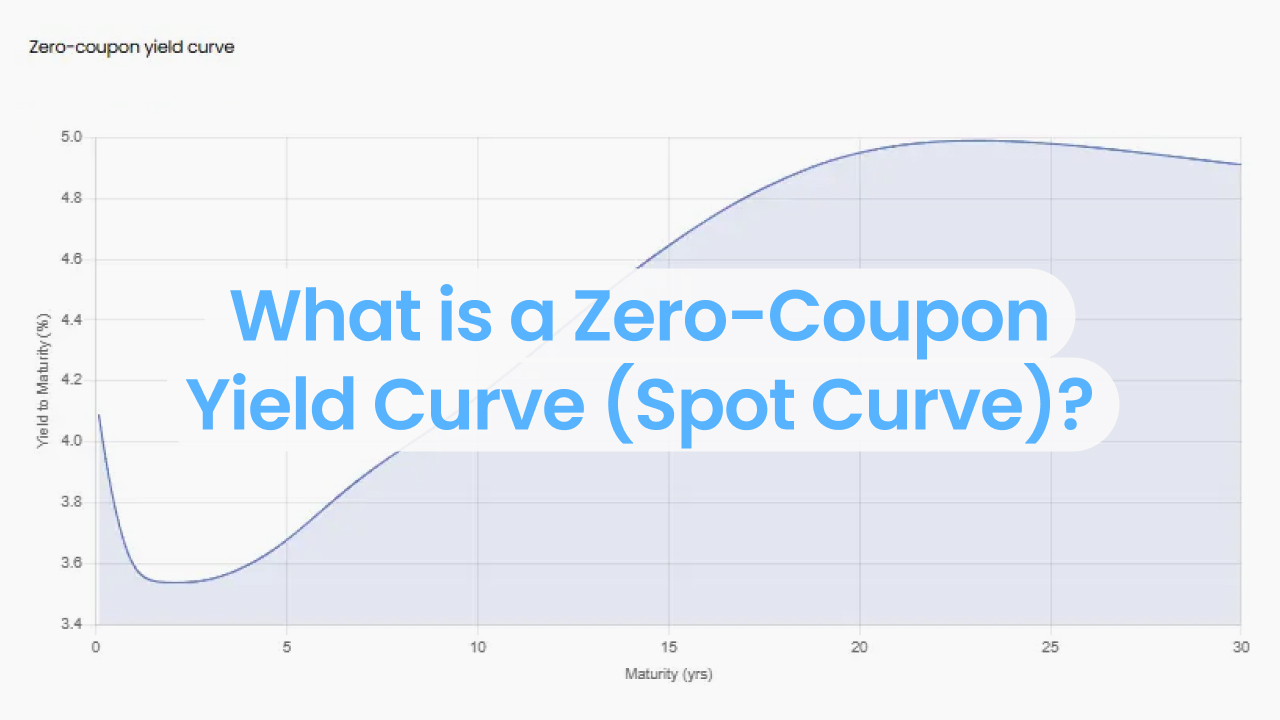
1. Introduction
Given how intertwined global financial markets have become, understanding the mechanics of cross currency swaps has become quite important. In this article, we will look at how they work, and provide a step-by-step guide on how to price them.
2. Understanding Cross-Currency Swaps
A cross-currency swap is a financial derivative that allows two parties to exchange interest and principal payments in different currencies.
Not to be confused with a currency swap - which allows you to exchange currencies at a future point in time
The transaction essentially involves an investor borrowing or lending in a currency that is different to their functional currency. The contract provides a way for businesses to manage their foreign exchange and potentially interest rate risk at the same time. The Bank for International Settlements estimated the total notional amount of outstanding over-the-counter foreign exchange derivatives to be over $100 trillion as of June 2020.
Cross-currency swaps classify as structured products and can get complex very fast. But let's walk through them step by step.
3. Types of Cross-Currency Swaps
As cross-currency swaps are structured products, there are several combinations but here are the most common ones you will encounter while working in a financing team:
Fixed-to-Fixed Rate Cross-Currency Swaps
- Description: Both parties can agree to exchange principal and fixed interest payments in different currencies
- Usage: Commonly used by companies to lock in interest costs to ensure cashflows are predictable in a foreign currency
- Example: A UK company issues bonds in EUR but operates primarily in GBP. They can exchange fixed EUR interest payments for fixed GBP payments, aligning their debt service with a revenue currency
Floating-to-Floating Rate Cross-Currency Swaps
- Description: Parties exchange floating interest payments in two different currencies
- Usage: Suitable for companies comfortable with interest rate risk and seeking to benefit from interest rate differentials
- Example: A company with a EUR loan might enter a into swap to pay EURIBOR while receiving payments based on GBP LIBOR, potentially reducing interest costs or matching the interest rate structure of assets and liabilities

Fixed-to-Floating Rate Cross-Currency Swaps
- Description: One party pays a fixed rate in one currency while receiving a floating rate in another
- Usage: Useful for managing mismatched revenues and costs due to different currency exposures
- Example: A business might pay fixed rates on a GBP liability while receiving floating EUR rates, hedging against EUR interest rate movements
To choose between these instruments, it is important to consider the companies objective and goal that they are looking to achieve through entering into the instrument. In the case where these are used as hedging instruments, you will also need to match the underlying position that the cross-currency swap is looking to hedge.
Cross-currency swaps with principal payments add a layer of complexity and increase the credit risk, but this flexibility makes these instruments a crucial tool in risk management.
4. How to Price a Cross-Currency Swap
Pricing a cross-currency swap requires knowledge of the current market conditions, including the prevailing interest rates for each of the two currencies involved in the swap. You will also need access to market data. The type of data needed will vary based on the specifics of the instrument, but it is important to consider ensure your data provider is able to provide high-quality data sourced from liquid quotes as otherwise your pricing will not reflect market levels.
Here's a simplified step-by-step guide to pricing a cross-currency swap:
- Determine the principal amounts in each currency: This involves converting the amount using the current spot exchange rate
- Calculate the periodic interest payments: This involves applying the agreed interest rate to the principal amount for each currency
- Consider the basis adjustment: the basis adjustment corrects for liquidity shortfalls in a particular currency and is important to consider
- Calculate the present value of these future cash flows: This involves discounting the future cash flows back to the present using the appropriate discount rate
- The price of the swap is the net present value of all future cash flows

An important strategy is to use a zero-coupon yield curve for each currency. A zero-coupon yield curve gives the yield on a bond that does not make periodic interest payments, or "coupons". This curve is often used as the basis for discounting future cash flows.
It's crucial to note that the influencing factors mentioned in the previous section can significantly impact the swap's pricing.
Cross-currency swaps can be a challenging concept to grasp, especially for beginners, but step by step you can get there!
5. Conclusion
Cross-currency swaps play a crucial role in international finance, helping investors manage their investment risk. Understanding the components of a cross-currency swap, how to value and price them is important part of any investment analysis that you may be doing. But it is important to understand that as a structured derivative product, they do come with significant risk and it is recommended that you speak to an expert before entering into one.
However if you are just looking for an indicative price, you can either do it yourself or software companies like BlueGamma also provide pricers that are complete with pre-configured models and the required market data. We'd be happy to hear from you if you're looking for a cross-currency swap pricing tool.
Here's an example of what a pricer for a fixed-to-fixed rate cross-currency swap may look like:





.png)